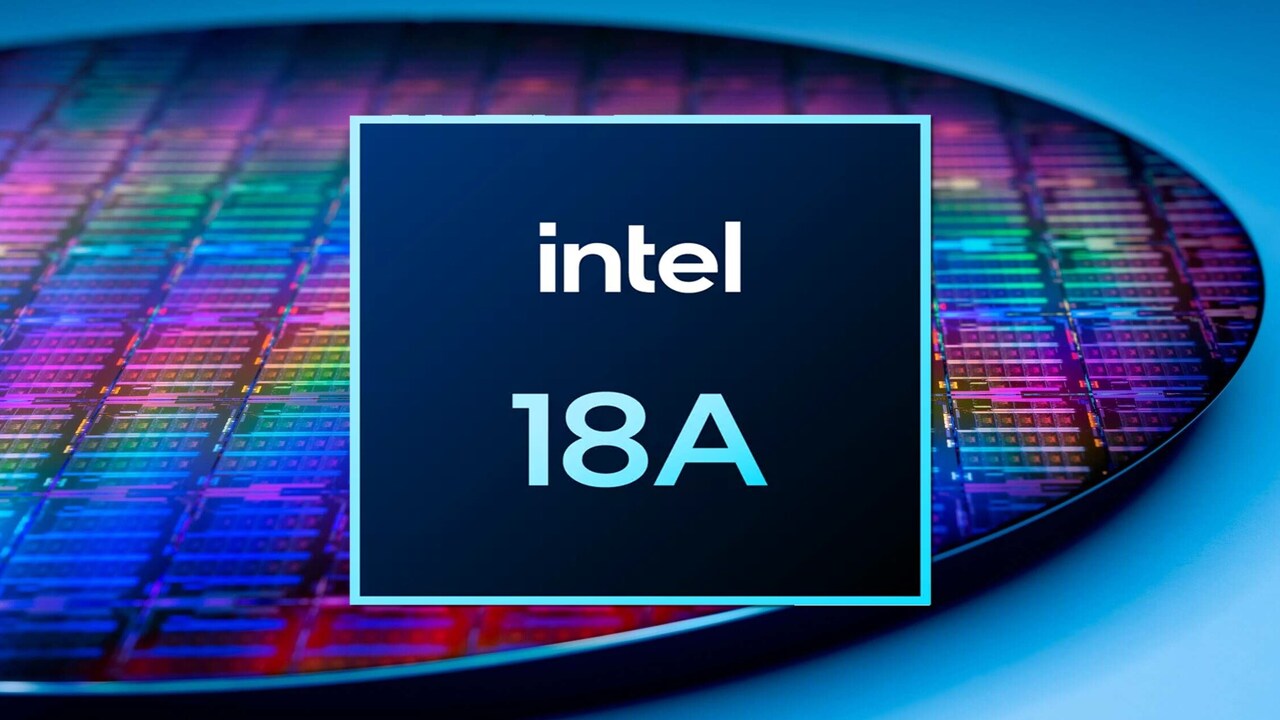Intel is preparing to take a strategic step back regarding the 18A process, which it introduced as one of the most ambitious manufacturing technologies of recent years. The company’s new CEO Lip-Bu Tan, who took office in March 2025, may abandon offering the 18A and 18A-P manufacturing processes to external customers. Sources close to the matter report that Intel may decide to use this manufacturing process only in its own products due to low external demand and increasing costs.
Intel has reached a crossroads in the 18A process
Announced during the Pat Gelsinger period and seen as the cornerstone of Intel Foundry Services, 18A drew attention with its gate-active area transistor structure called RibbonFET and PowerVia rear power transmission architecture.

These two innovations played a critical role in the company’s achieving higher performance and energy efficiency goals. However, the commercial success of the process depended on customer interest beyond these technical advantages. When the expected demand did not occur, Intel began to question the return on the multi-billion dollar investment.
TSMC’s approaching production of the 2-nanometer class N2 process has become another factor that makes competition difficult. The Taiwan-based manufacturer still has a great advantage in the market with its more stable delivery schedule and wide customer portfolio. Intel’s goal of competing directly with TSMC in this area may be hampered by the lack of support from external customers.
Some sources state that there is a strong possibility that the 18A process will be closed to external customers, and that Intel plans to use this technology only for its own products for now. In this context, 18A production will gain momentum with Panther Lake mobile processors.













